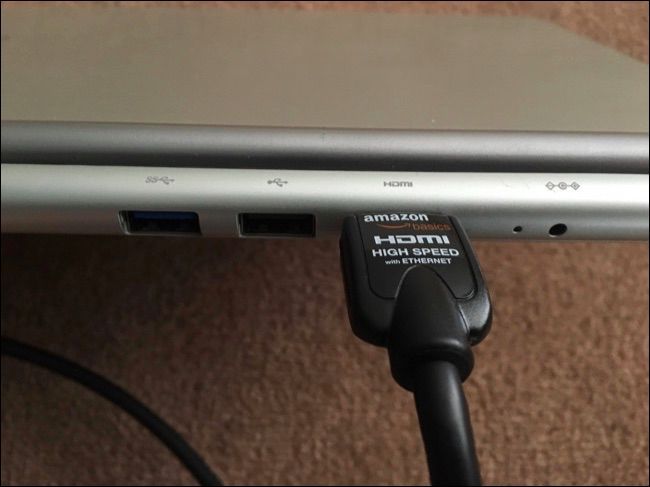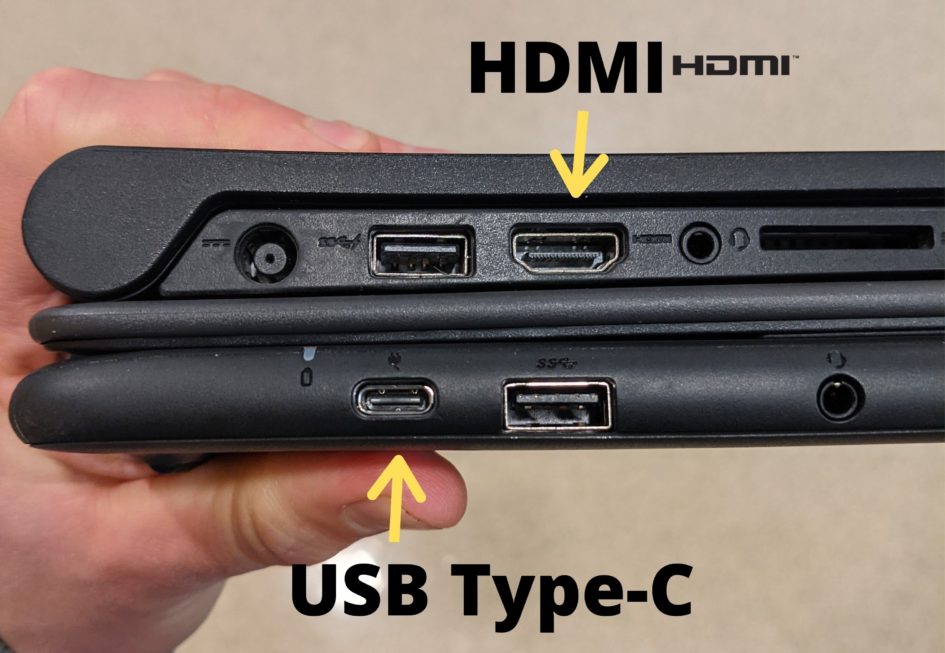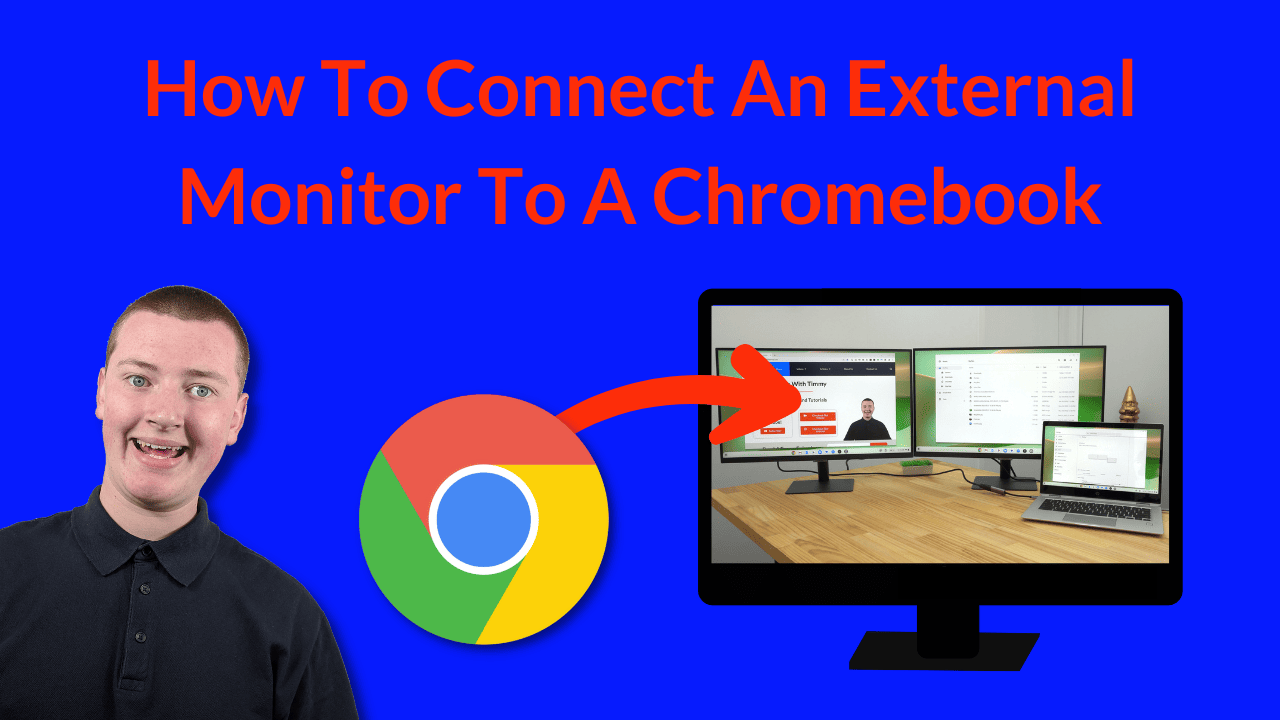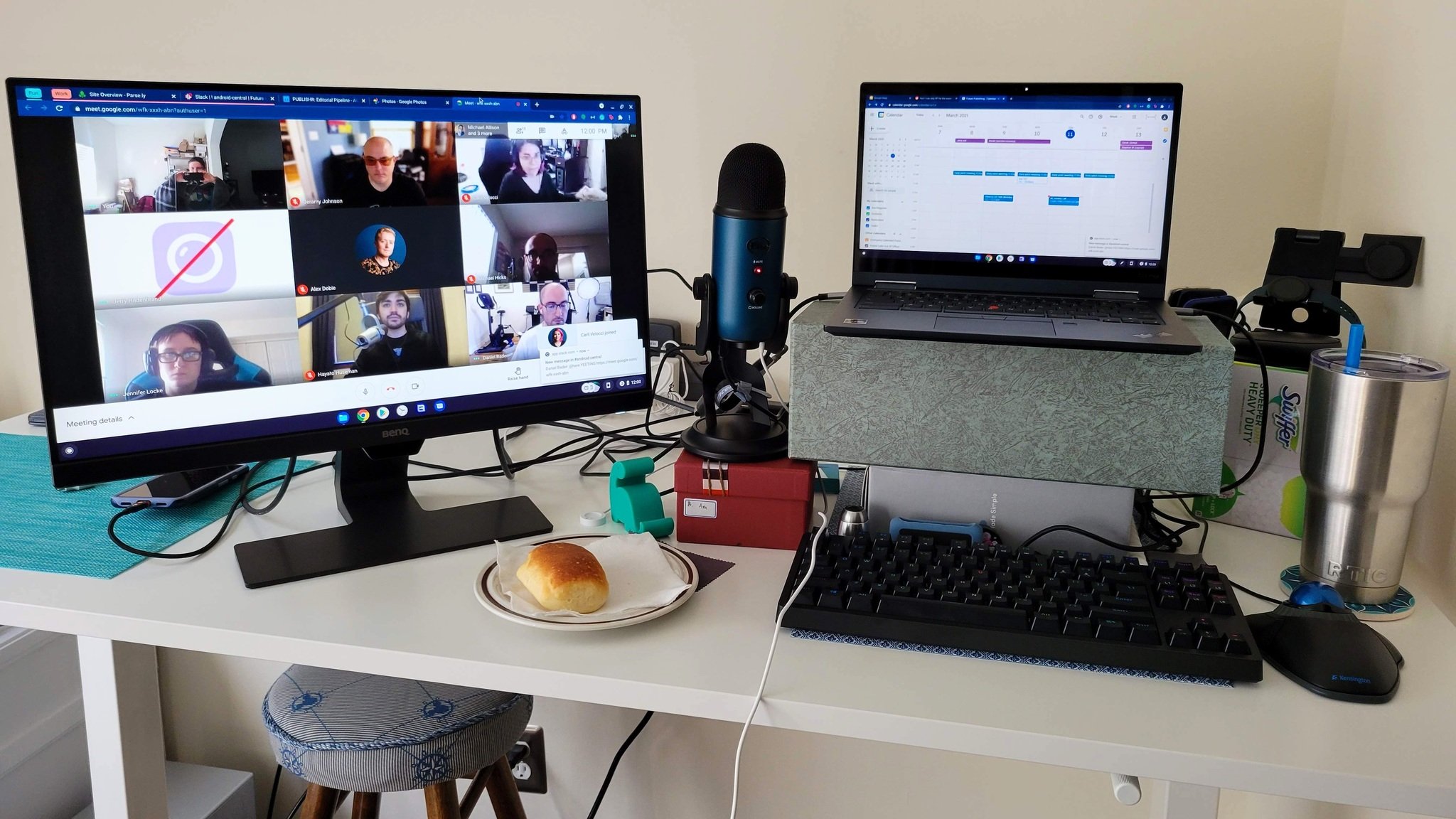How To Connect Chromebook To External Monitor

Imagine this: you're hunched over your Chromebook, squinting at spreadsheets, or trying to share vacation photos with friends. The screen feels just a little too small, the colors not quite vibrant enough. The solution? Breathe new life into your Chromebook experience with the help of an external monitor.
Connecting your Chromebook to an external monitor is a straightforward process that can significantly enhance your productivity and enjoyment. Whether you're a student, a professional, or simply someone who enjoys a larger display, this guide will walk you through the steps, compatibility considerations, and troubleshooting tips to get you connected in no time.
Why Extend Your View?
The allure of a larger screen is undeniable. A 2022 study by *Ergotron*, a company specializing in ergonomic solutions, found that using dual monitors can increase productivity by as much as 42%.
Beyond productivity, an external monitor transforms your Chromebook into a media powerhouse, making movie nights more immersive and gaming sessions more engaging. Sharing presentations with a larger audience becomes seamless, and even everyday tasks like browsing the web or writing documents become more comfortable.
Getting Connected: A Step-by-Step Guide
The method for connecting your Chromebook to an external monitor largely depends on the ports available on both devices. Here's a breakdown of the most common connection types:
HDMI: The Universal Connector
HDMI is the most prevalent and often the simplest option. Most modern Chromebooks and monitors feature HDMI ports, making it a plug-and-play experience.
Simply connect an HDMI cable from your Chromebook's HDMI port to the HDMI port on your monitor. Your Chromebook should automatically detect the external display.
USB-C: Power and Display in One
Many newer Chromebooks utilize USB-C ports that support DisplayPort Alternate Mode (DP Alt Mode). This allows you to connect to an external monitor using a USB-C to HDMI or USB-C to DisplayPort cable.
Check your Chromebook's specifications to confirm that its USB-C port supports video output. Once confirmed, connect the appropriate cable and your Chromebook should recognize the external display.
DisplayPort: A High-Performance Option
DisplayPort offers high refresh rates and resolutions, making it ideal for gaming and demanding graphical applications. Some Chromebooks, primarily higher-end models, may feature a Mini DisplayPort or DisplayPort connection.
Connect a DisplayPort cable from your Chromebook to your monitor's DisplayPort input. As with other connections, your Chromebook should automatically detect the external display.
Older Connections: VGA and DVI (with Adapters)
While less common, some older monitors use VGA or DVI connections. Adapters are available to convert HDMI or USB-C to VGA or DVI, allowing you to connect your Chromebook to these legacy displays.
Be aware that using adapters may result in a slight reduction in image quality. However, they provide a viable solution for older equipment.
Configuring Your Display Settings
Once connected, you can customize your display settings to suit your needs. To access these settings, click on the system tray (usually located in the bottom-right corner of your screen) and select "Settings." Then, navigate to "Device" and then "Displays."
Here, you can choose to mirror your Chromebook's screen on the external monitor (duplicate mode) or extend your desktop across both displays. Extended mode allows you to work with multiple applications simultaneously across both screens, maximizing productivity.
You can also adjust the resolution, orientation, and primary display settings to fine-tune your viewing experience. Experiment with different settings to find what works best for you.
Troubleshooting Tips
If your Chromebook doesn't automatically detect the external monitor, try the following:
- Double-check the cable connections to ensure they are secure.
- Restart your Chromebook.
- Try a different HDMI or USB-C cable.
- Update your Chromebook's operating system to the latest version.
- Consult your Chromebook's user manual or the manufacturer's website for specific troubleshooting steps.
A Wider World Awaits
Connecting your Chromebook to an external monitor opens up a world of possibilities. From boosting productivity to enjoying immersive entertainment, the benefits are undeniable.
With a little know-how and the right cable, you can transform your Chromebook into a powerful workstation or a captivating entertainment hub. Embrace the expanded view, and unlock the full potential of your Chromebook.
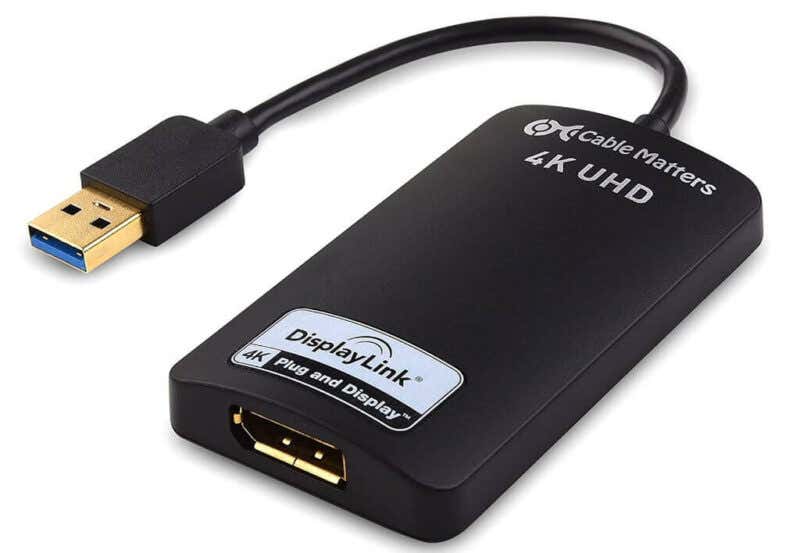
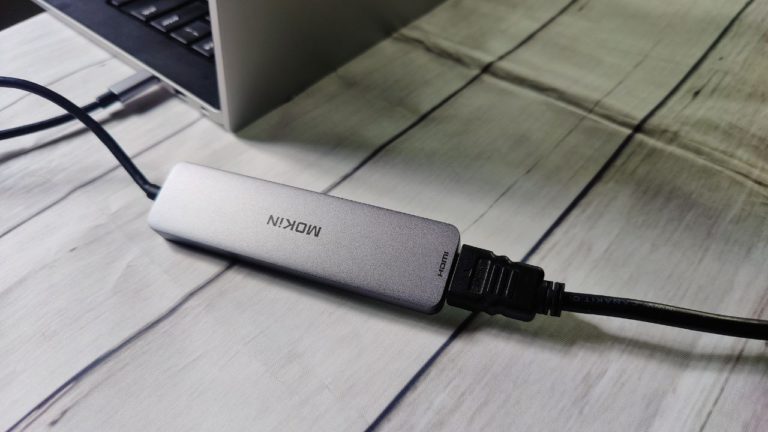

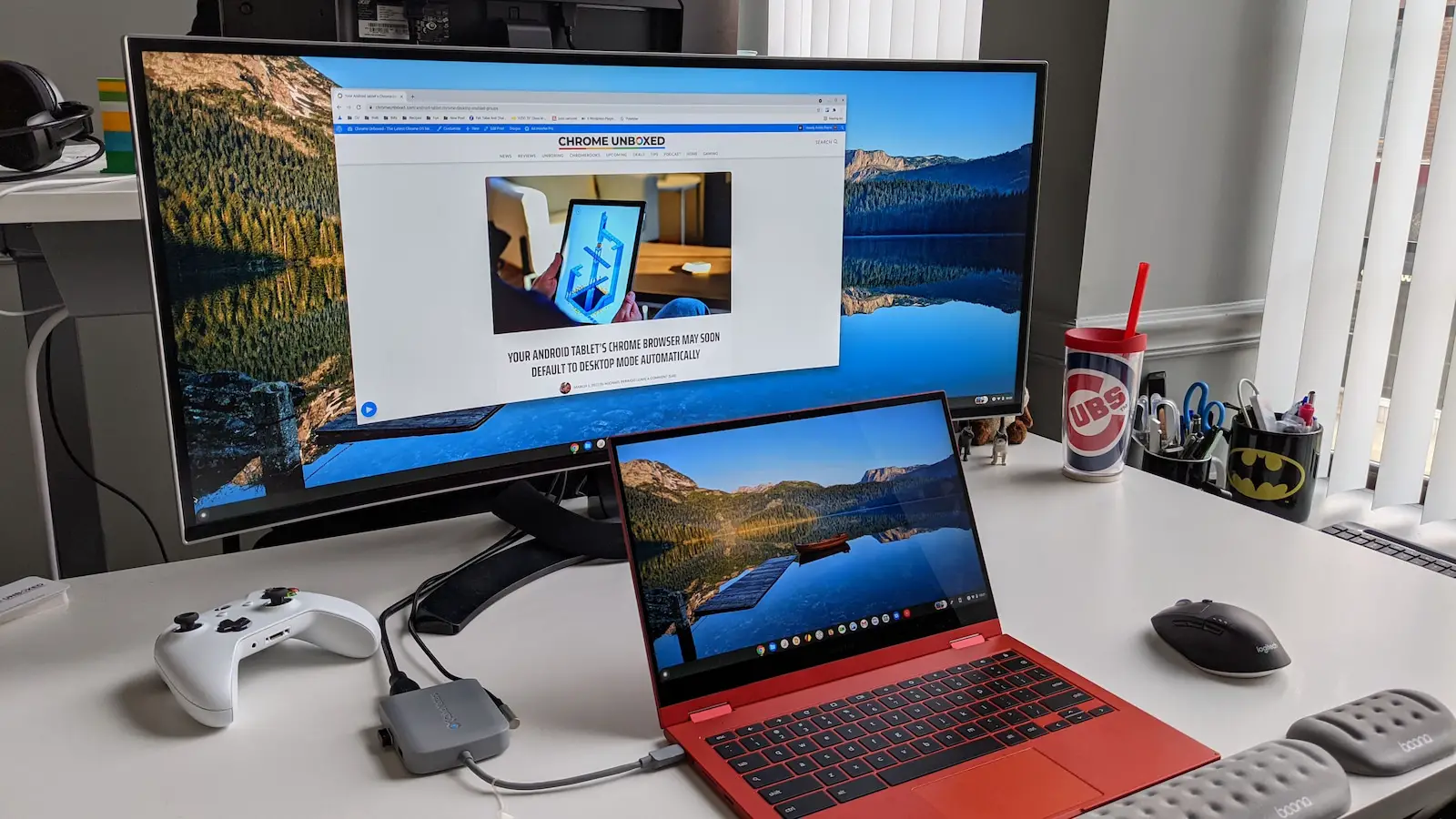
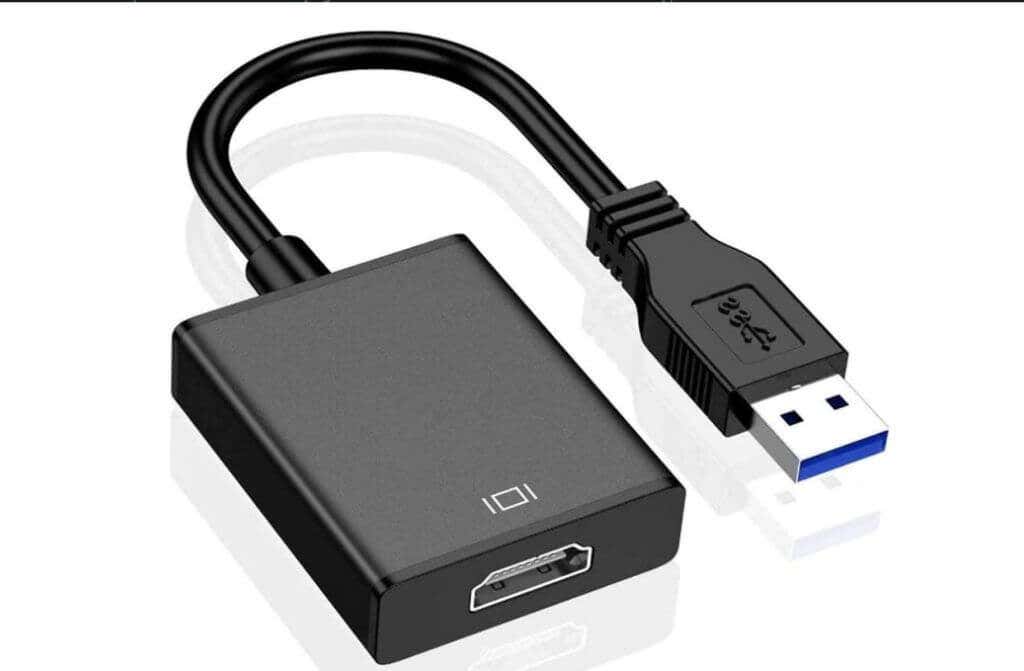
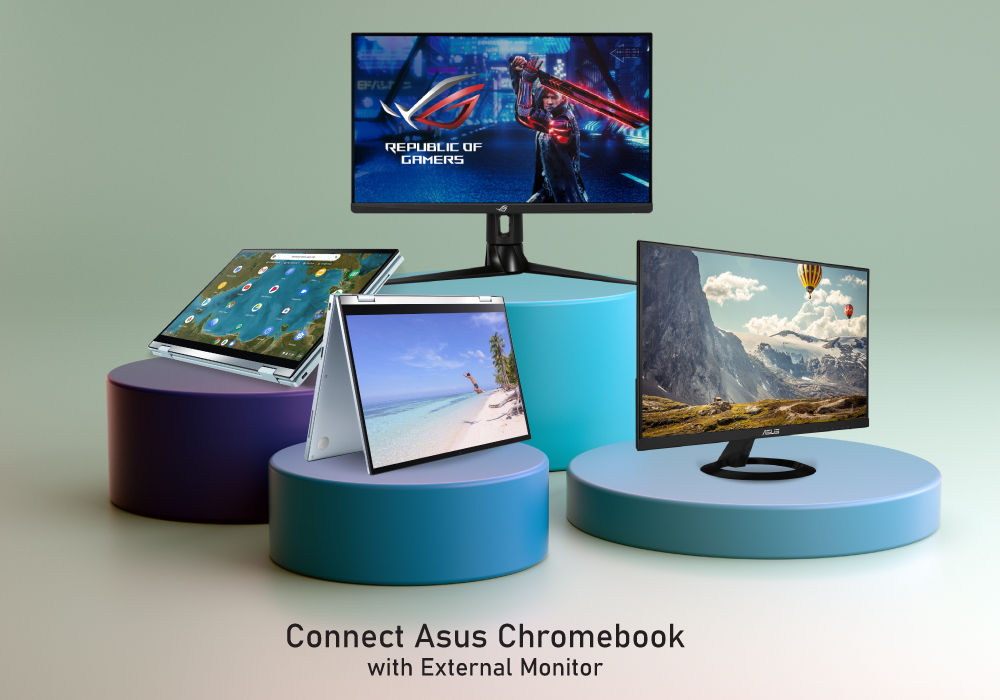
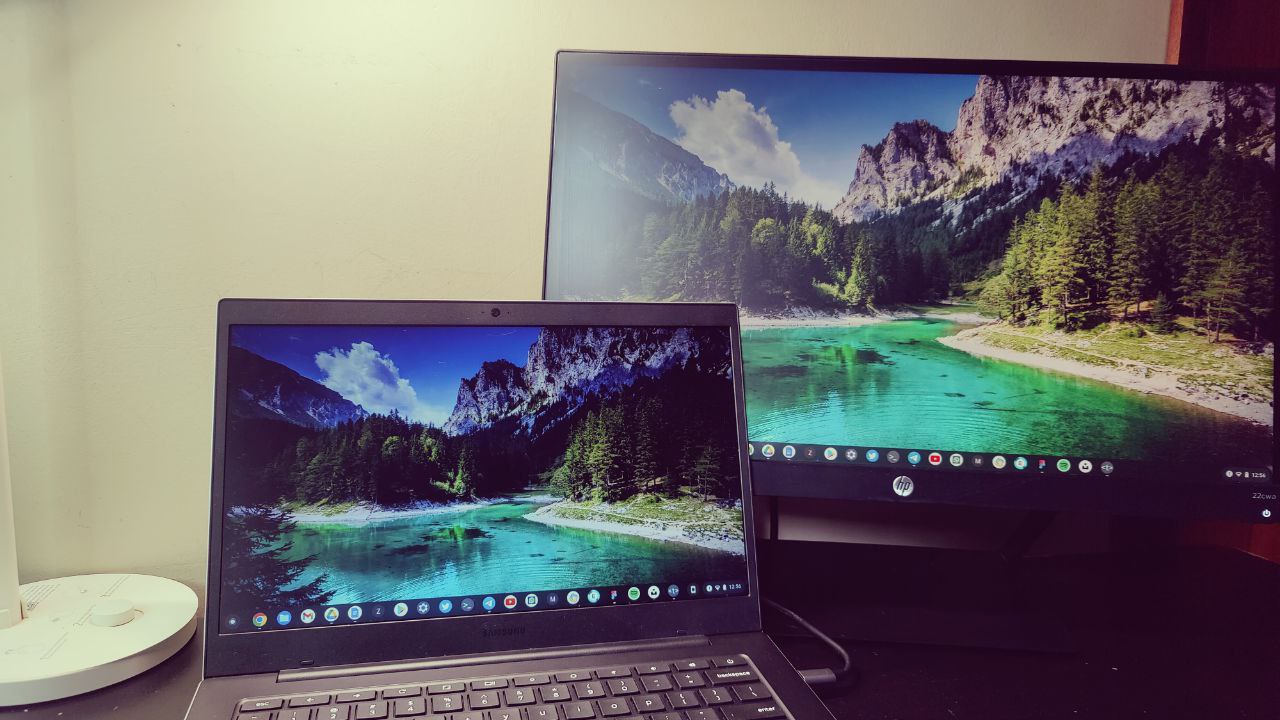




![How To Connect Chromebook To External Monitor [Chromebook] How to connect your Chromebook to an external monitor](https://km-ap.asus.com/uploads/PhotoLibrarys/8a53fc79-6a00-4a96-8408-a7e886967aef/20230510161109364_EN_2.png)
![How To Connect Chromebook To External Monitor How to Use a Chromebook as a Monitor [ 5 Easiest Ways ] - Alvaro Trigo](https://alvarotrigo.com/blog/assets/imgs/2022-12-23/chromebook-monitor-hdmi.jpeg)
